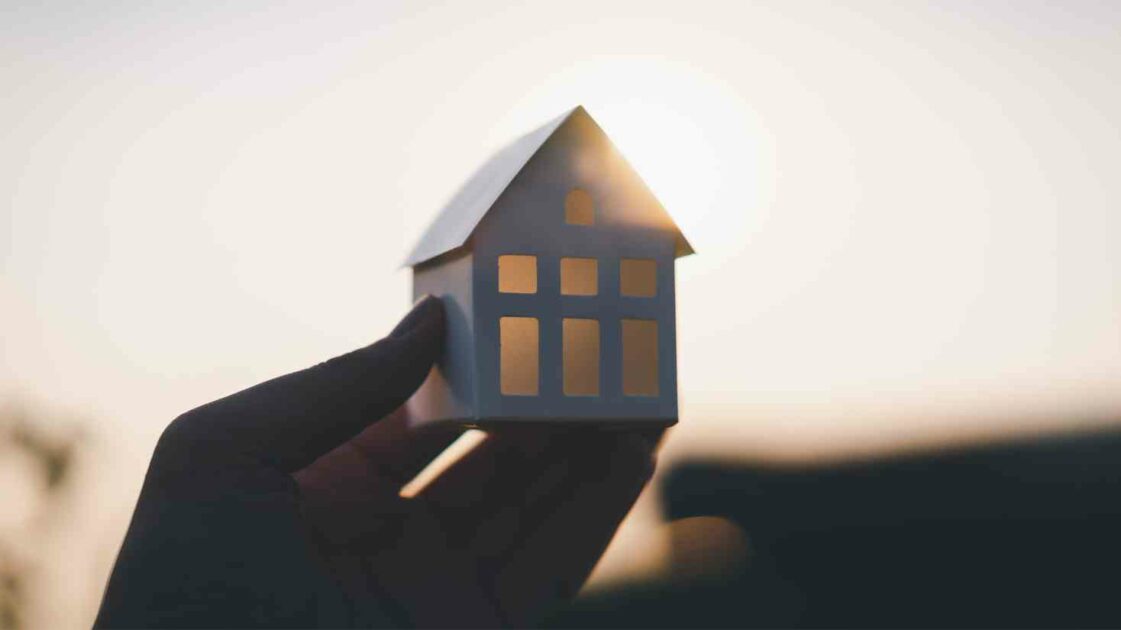Does Home Insurance Cover Structural Damage?


Given the multitude of potential incidents that can befall a property, it really pays to become acquainted with your home insurance policy. Structural damage claims are complicated and different from regular property damage, with their own legal definition. Understanding your rights and responsibilities as a homeowner is important before making any claim. Read on as we investigate: does home insurance cover structural damage?
Contents
Structural Damage: A Definition
So, Does Home Insurance Cover Structural Damage?
What Structural Damage is Covered by Home Insurance?
Preventing Structural Damage to Your Property
Implications of Structural Damage
Conclusion
Structural Damage: A Definition
Structural damage relates to problems that occur ‘beneath the surface’. So, cracks in paint or plaster don’t count, but cracks in a wall do. To this we can add fault-lines in a roof, ceiling, chimney, flooring, or foundations. Such damage can occur naturally of course, or be a result of human misadventure.
So, Does Home Insurance Cover Structural Damage?
Whether your home insurance covers structural damage will depend on the terms of your policy and the cause behind the problem. If shopping around for a policy with an insurance agency or dedicated company, you might come across various different terms used. However, building insurance often includes structural damage.
For example, GasanMamo’s home insurance will cover many structural damage instances and fixtures and fittings. Policies can also include an extra premium for accidental damage cover as well, should that indoor game of cricket go awry.
What Structural Damage is Covered by Home Insurance?
As a general rule, insurance companies will need confirmation of the causes behind any structural type of damage.
A standard policy will cover many natural events that can cause such a fault. However, some as damage caused by flooding or earthquakes – will not. The area where you live will also play a part – regions that experience regular cyclones will likely require separate policies than those living in calmer areas.
Most insurance providers will likely cover the following causes of structural damage without the need for an additional coverage premium:
Freak weather events like storm damage
Fire
Criminal damage
Unexpected events and unintentional damage caused by others e.g. a vehicle crashing into your home
Damage caused by problems with neighbouring properties
Homeowners also need to take responsibility for the structure of their property. An insurance provider won’t cover you for wear and tear; taking steps to prevent problems is a far better solution than dealing with actual damage.
Preventing Structural Damage to Your Property
If you see a crack in your brickwork or loose roof tile, don’t wait for it to worsen! Conduct regular maintenance checks every month, or however often you think it’s needed. New properties will likely need less TLC than old ones, but no home is exempt from damage. Also, remember to make additional checks following a severe storm.
If you notice cracks in walls or damp flooring, it’s always worth checking with an expert, even if you’re keen on DIY. Structural damage is an expert area, and lack of maintenance can worsen the problem in the long run.
Take particular care to protect your home against water damage. Property damage caused by wind damage or hail makes up nearly 50% of insurance claims in the US alone. An old property may need repointing, gutters redirecting, or superior drainage solutions installed. Problems can often be avoided simply by ensuring that your property’s defence systems align with modern methods.


Implications of Structural Damage
Structural issues can have far-reaching implications that extend beyond an immediate need for structural repair costs.
A failure to protect your home against such damage can have some major complications, not to mention the cost of repairs. If the damage has reached a point where your home has been judged unsafe, you may be subject to legal action from neighbours or your local authority. Doing this can lead to fines, legal requests to fix issues, and eviction from your home.
Structural property damage may also result in the total destruction of your home, requiring a rebuild that a buildings insurance policy won’t cover for. A collapsed or partially collapsed house may also affect your neighbouring properties. This adds further complications if the problem is deemed down to personal neglect.
Furthermore, structural issues can significantly impact value when it comes to selling your home. If potential buyers will have to spend tens of thousands to shore up a property and make it safe, the number of interested parties will likely be small or even non-existent.
Conclusion
Home insurance coverage can give you peace of mind that your building is safe should anything untoward occur. However, it doesn’t mean you can sit back and relax while the bricks fall around you.
Regular checks are important for identifying and promptly resolving any issues in your home’s structure. These checks should be conducted with the assistance of a building expert. Furthermore, to be sure what you’re covered for, take the time to get to know your insurance policy intimately and check with your insurance carrier should any clarification be required.
Begin your own search for the right plan by looking through our clear and transparent benefits on our home insurance page.
GasanMamo Insurance is authorised under the Insurance Business Act and regulated by the MFSA.







